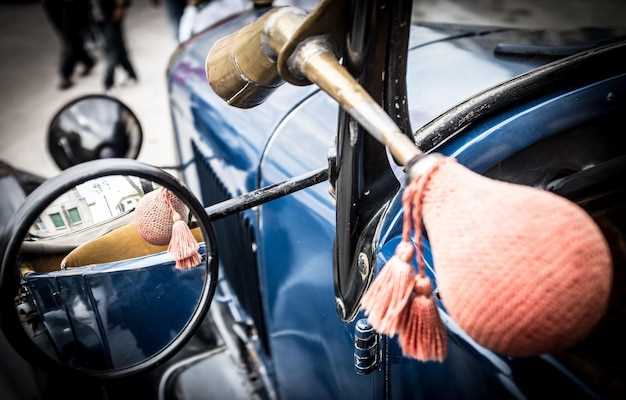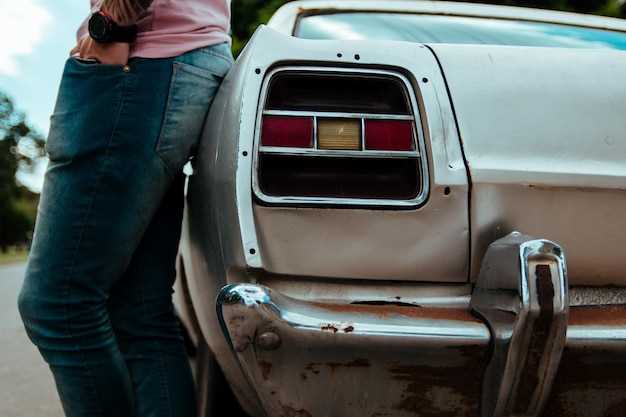
The world of classic cars is a vibrant and diverse one, and Japanese classics have carved out a unique niche that captivates both enthusiasts and collectors alike. These vehicles, which range from iconic sports cars to beloved sedans, tell the story of Japan’s automotive evolution and showcase engineering innovations that transformed the global car market. For beginners, diving into the realm of Japanese classic cars can be both thrilling and overwhelming, but with the right guidance, it can also be immensely rewarding.
In this guide, we will explore essential steps to help newcomers navigate the intricacies of collecting Japanese classics. From understanding the historical significance of various models to identifying reputable sources for purchase, each aspect is crucial for establishing a successful collection. With a rich tapestry of options, including renowned brands like Toyota, Nissan, and Honda, enthusiasts can discover models that resonate with their personal tastes and style.
Moreover, collecting Japanese classic cars is not merely about owning a piece of history; it’s an engaging hobby that fosters a sense of community among collectors. Events, meetups, and online forums provide opportunities for knowledge exchange and camaraderie, enriching the overall experience. With practical tips and insights, this guide aims to empower novice collectors to embark on their journey with confidence and passion for Japanese classic cars.
Evaluating the Condition and Authenticity of Classic Japanese Cars
When considering the purchase of classic Japanese cars, assessing their condition and authenticity is paramount. Begin by performing a thorough visual inspection of the exterior. Look for any signs of rust, dents, or mismatched paint that may indicate previous repairs. Pay close attention to the undercarriage, as this area often bears the brunt of wear and tear, especially in older models.
Next, evaluate the interior. Authenticity can sometimes be judged by the condition of the upholstery and dashboard. Check for any alterations to the interior; original parts can significantly increase the vehicle’s value. Ensure that all gauges and electronics are functioning properly. A well-maintained interior often reflects the overall care given to the vehicle.
Mechanical assessment is also crucial. Start the engine and listen for unusual noises. Look out for leaks, especially around the oil pan and transmission. A good classic should have a well-maintained engine with consistent performance. Request service records if available, as these documents can provide insight into the car’s maintenance history.
Authenticity can be further verified by checking the Vehicle Identification Number (VIN) against documentation. The VIN should match the numbers on various parts of the vehicle, including the chassis and engine. Additionally, researching the specific model’s history can help confirm its originality, including factory options and production details.
Consider seeking expertise from classic car clubs or professionals specializing in Japanese models. Their insights can be invaluable in identifying details that are often overlooked by novice collectors. Ultimately, a careful and knowledgeable evaluation will lead to a more satisfying ownership experience of your classic Japanese car.
Finding Reliable Sources for Purchasing Japanese Classic Cars

When embarking on the journey of collecting Japanese classic cars, locating trustworthy sources is crucial to ensuring a successful purchase. Start by exploring specialized online marketplaces dedicated to classic cars, such as Bring a Trailer or Hemmings. These platforms offer a variety of listings and often include detailed descriptions and history of the vehicles, which can help you make informed decisions.
Another effective strategy is to join enthusiast forums and social media groups focused on Japanese classic cars. Engaging with communities like the Nissan Z Car Club or the Toyota Land Cruiser Association allows you to tap into the collective knowledge of experienced collectors. Members often share leads on available cars and can provide personal recommendations for trustworthy sellers.
Attending classic car shows and auctions can also be beneficial. Events like the Tokyo Auto Salon provide access to a network of collectors, restorers, and sellers. Here, you can inspect cars in person and establish relationships with reputable vendors who specialize in Japanese classics.
Lastly, consider contacting reputable dealerships that specialize in vintage and classic Japanese cars. Many of these dealers have established a reputation built on trust and customer satisfaction. They often provide vehicle history reports and warranties, adding a layer of security to your investment.
Maintaining and Restoring Your Vintage Japanese Car Collection

Maintaining and restoring vintage Japanese cars requires a careful approach to preserve their value and originality. Regular maintenance is essential for ensuring that these classic vehicles remain in good working condition. This involves routine inspections of essential components, such as the engine, brakes, and transmission. Documentation of any repairs or modifications will help maintain the car’s history and authenticity.
When it comes to restoration, prioritize originality over modification. Many collectors aim to return their vehicles to factory specifications, which enhances their value in the long term. It is crucial to source authentic parts from reputable suppliers to maintain the integrity of the vehicle. Consulting with experts or joining vintage car clubs can provide valuable resources and advice while undertaking restoration projects.
Storage plays a vital role in preserving your collection. Keeping cars in a climate-controlled environment protects them from rust, sun damage, and other environmental factors. Utilize proper covers and avoid parking on concrete floors for extended periods to prevent moisture from damaging the undercarriage.
In addition, consider joining local and online communities dedicated to classic Japanese cars. Networking with other enthusiasts will not only enhance your knowledge but also provide potential contacts for sourcing parts and sharing restoration tips. Collecting vintage Japanese cars can be a rewarding hobby, and taking the time to maintain and restore them correctly will ensure their legacy continues for future generations.




